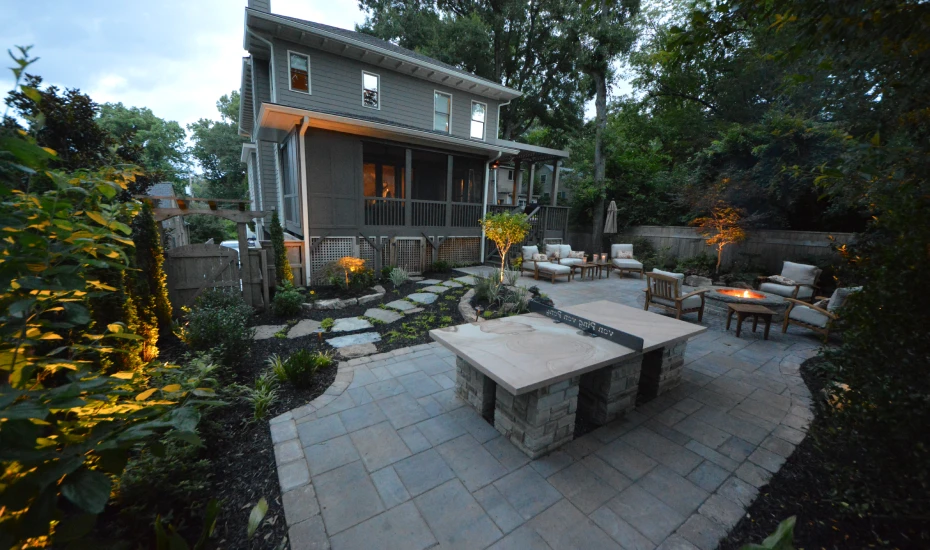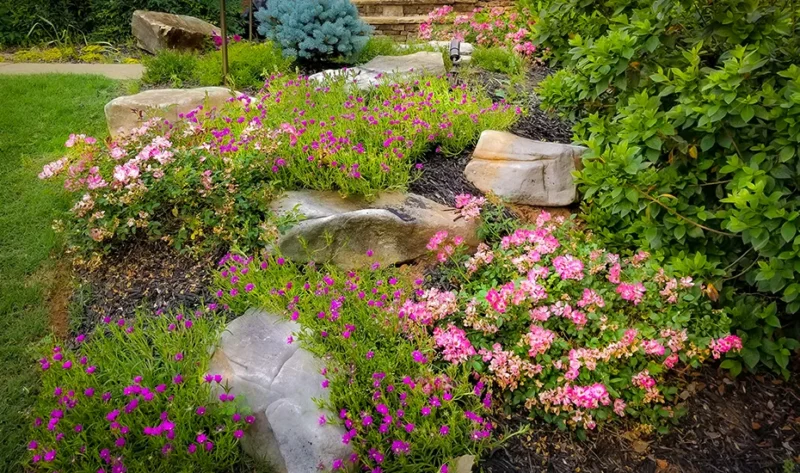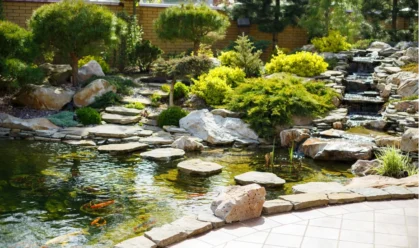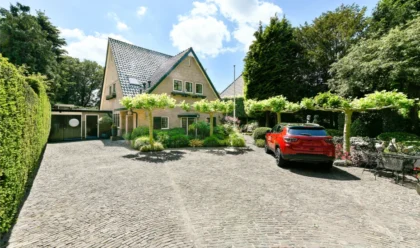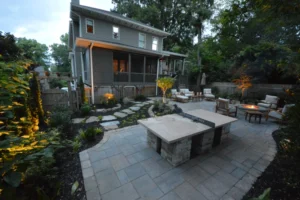Imagine a backyard that’s lush, inviting, and sustainable—all while saving you money on water bills. As water conservation becomes increasingly essential, creating an eco-friendly outdoor space is a rewarding way to make a difference right from home. Whether you’re facing frequent droughts or just want to reduce water waste, transforming your backyard with water-saving features offers countless benefits.
From smart irrigation systems to drought-resistant landscaping, these small changes can have a big impact, helping you maintain a vibrant, low-maintenance yard that thrives on minimal water. In this blog, we’ll explore creative ways to turn your outdoor area into a beautiful, water-wise oasis.

Understanding the Need for Water Conservation in Backyards
1. Outdoor Water Use Adds Up: A big chunk of household water use happens in the backyard—watering lawns, plants, and landscaping. By conserving water outside, you can make a real difference in your total water usage.
2. Helps the Environment: Using too much water strains local supplies, especially in areas with frequent droughts. Conserving water in your backyard helps protect these resources and supports a healthier environment.
3. Cuts Down on Costs: Lowering outdoor water use can lead to noticeable savings on your water bills. Simple steps like choosing efficient irrigation or drought-tolerant plants can make a big impact over time.
4. Prepares for Climate Challenges: With climate change bringing hotter weather and longer droughts, water conservation makes your outdoor space more resilient.
5. Protects Local Ecosystems: Excess water runoff can carry chemicals like pesticides into nearby rivers and streams, which harms wildlife. Water-smart landscaping reduces this risk and keeps local ecosystems healthier.
6. Promotes a Sustainable Yard: Choosing water-saving features creates a low-maintenance, resource-friendly yard, bringing long-term benefits for both your wallet and the planet.

Top Water-Saving Strategies for a Sustainable Backyard
1. Low-Water Landscaping Ideas
Low-water landscaping, also known as xeriscaping, is a way to create a beautiful yard that doesn’t need much water. Start by choosing plants that naturally need less water, like succulents, lavender, or local plants that thrive in your climate. Native plants work especially well because they’re already adapted to the area and need little upkeep.
Instead of a traditional lawn, which needs a lot of water, try using ground covers like clover or creeping thyme. You can also add mulch or decorative rocks around plants to help the soil stay moist longer, cutting down on watering. Grouping plants with similar water needs together also makes watering easier and more efficient.
With these simple choices, you’ll save water, reduce maintenance, and enjoy a yard that looks great all year round without constant watering.

2. Water-Efficient Irrigation Solutions
Water-efficient irrigation solutions help you use less water while keeping your garden healthy. One great option is drip irrigation, which delivers water directly to the roots of plants. This method minimizes waste and ensures that your plants get just the right amount of water they need.
Another option is to use soaker hoses, which slowly release water along their length, soaking the soil deeply. They are perfect for garden beds and reduce evaporation.
Smart sprinkler irrigation systems are also a good choice; they can automatically adjust watering times based on the weather, so you’re not over watering during rainy days.
Don’t forget to install rain sensors that shut off your irrigation system when it’s raining, preventing water waste.
By using these water-efficient solutions, you can maintain a vibrant garden while conserving water and saving money on your water bills.
3. Collecting and Recycling Water
Collecting and recycling water is a smart way to save resources and help the environment. One effective method is rainwater harvesting, where you capture rainwater from your roof using gutters and downspouts. This water can be stored in barrels or tanks and used for watering your garden or plants, which reduces the amount of tap water you need.
Another option is greywater recycling. This involves reusing water from sinks, showers, or washing machines for irrigation. You can set up a simple system to divert this water directly to your plants, but make sure to use biodegradable soaps to keep the water safe for your garden.
Using DIY rain barrels is an easy project to start with; you can create one from an old container to collect rainwater. By collecting and recycling water, you’ll not only save money on your water bills but also contribute to a more sustainable and eco-friendly backyard.

Conclusion
Transforming your backyard with water-saving features is a practical way to create a beautiful, eco-friendly space that benefits both you and the environment. By implementing low-water landscaping, efficient irrigation solutions, and water collection methods, you can significantly reduce your water usage and costs.
These changes not only help your garden thrive but also promote a sustainable ecosystem. As you embrace these strategies, you’ll enjoy a vibrant outdoor area while making a positive impact on water conservation. Start your journey today, and watch your backyard flourish into a stunning, water-wise oasis!
